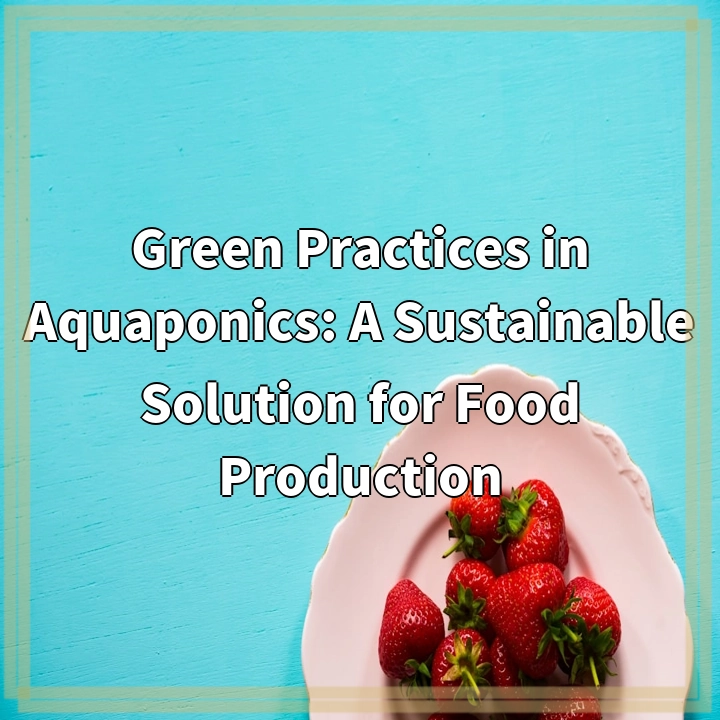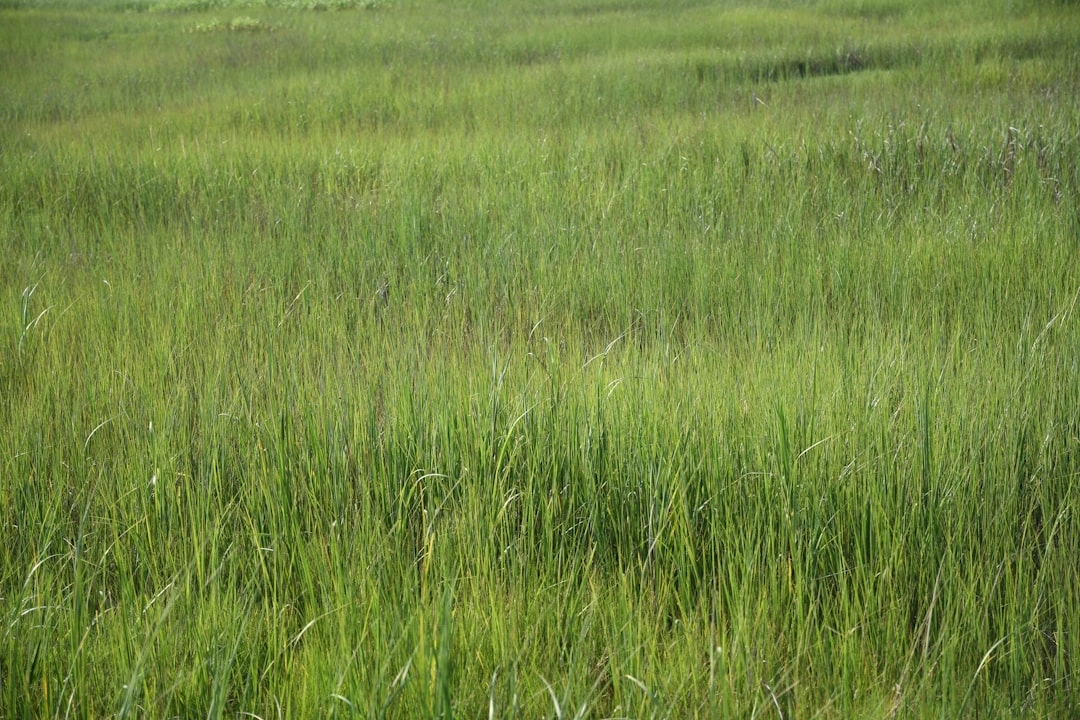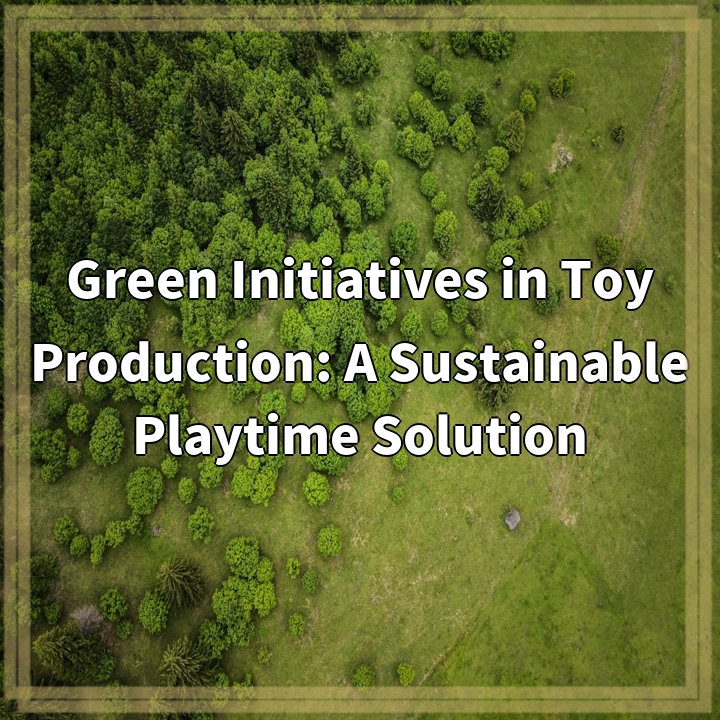
What is Aquaponics?
Aquaponics is a sustainable food production system that combines aquaculture (raising fish) with hydroponics (cultivating plants in water without soil). It is an innovative approach that mimics a natural ecosystem, where fish waste provides nutrients for plant growth, and in turn, the plants filter and purify the water for the fish. This symbiotic relationship creates a closed-loop system that maximizes resource utilization and minimizes environmental impact.
Real-World Problems Associated with Aquaponics
Aquaponics offers numerous environmental and social benefits, but like any agricultural practice, it also faces certain challenges:
1. Energy Consumption:
While aquaponics reduces water usage compared to traditional farming, it does require energy to maintain optimal system conditions. Energy is needed to power pumps, heaters, lights, and monitoring equipment. Sustainable energy solutions, such as solar or wind power, can help mitigate this issue and make aquaponics even more eco-friendly.
2. Fish Feed Sourcing:
A key component of aquaponics is fish farming, which often involves relying on commercial fish feed. These feeds are often made from wild-caught fish, creating a potential ecological imbalance. There is a need to develop sustainable and locally sourced alternatives for fish feed, such as insect-based feeds or utilizing plant waste as a nutrient source.
3. System Monitoring and Management:
Setting up and managing an aquaponics system requires knowledge and experience. Maintaining water quality, managing nutrient levels, preventing disease outbreaks, and optimizing crop growth can be challenging. Adequate training and support for aquaponics practitioners can help address these issues and ensure successful system operation.
4. Market Accessibility and Demand:
Despite its potential, aquaponics still faces limited market accessibility and consumer awareness. Establishing distribution networks, educating consumers about the benefits of aquaponic produce, and creating market demand are vital for the long-term viability and scalability of aquaponics as a sustainable solution.
5. Cost Efficiency:
Initial setup costs for aquaponics systems can be relatively high and may pose a barrier for small-scale farmers or community initiatives. Developing more affordable and scalable designs, fostering collaborations, and exploring innovative financing models can help make aquaponics economically viable for a broader range of individuals and communities.
In conclusion, aquaponics offers a promising and sustainable solution for food production. By addressing the real-world problems associated with aquaponics, we can overcome challenges and further optimize this innovative farming method for a greener and more resilient future.

Solutions for Green Practices in Aquaponics
1. Energy Efficiency:
To address the energy consumption challenge, aquaponics practitioners can optimize their system design and operation to minimize energy usage. Utilizing energy-efficient equipment, exploring renewable energy sources, and implementing energy-saving techniques can significantly reduce the overall energy footprint of aquaponics systems.
2. Sustainable Fish Feed:
To tackle the issue of fish feed sourcing, aquaponics practitioners can explore alternative feeds that are sustainable and nutritious. Insect-based feeds, locally sourced plant-based feeds, or even utilizing on-site inputs such as duckweed or algae can help reduce reliance on wild-caught fish for feed production.
3. Education and Support:
Providing adequate training, education, and support to aquaponics practitioners is crucial for successful system management. This can include workshops, online resources, mentorship programs, and community networks that enable knowledge sharing and troubleshooting.
4. Market Development:
To improve market accessibility and demand for aquaponic produce, it is important to create awareness among consumers. Education campaigns, farmers’ markets, direct partnerships with restaurants and grocery stores, and online platforms can help expand the market reach and make aquaponic products more accessible to consumers.
5. Scalability and Affordability:
To overcome the cost efficiency challenge, aquaponics practitioners can focus on developing scalable and affordable system designs. Collaborative initiatives, shared infrastructure, and exploring innovative financing models such as microloans or grants can support small-scale farmers and community projects to adopt aquaponics.
By implementing these solutions, aquaponics can become an even more sustainable and viable solution for food production, addressing the real-world problems and paving the way for a greener future.















